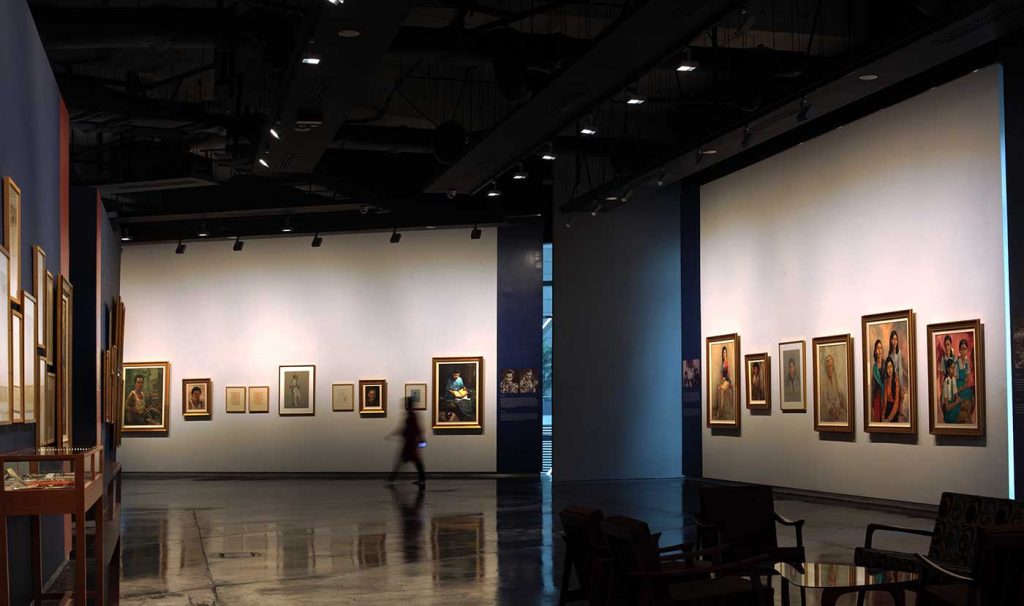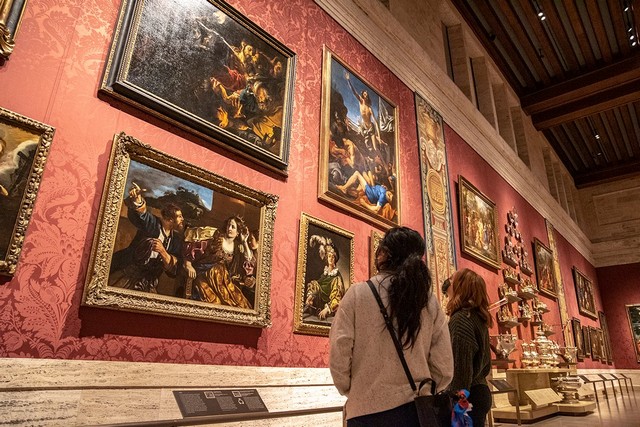Search for ‘fine art’ online and you will notice results including fine art study courses available at local and international universities.
For example, the renowned Malaysian Institute of Art (MIA) offers a diploma programme that provides opportunities for students to develop and hone their creative skills as well as visual language in drawing, painting, printmaking, figure drawing and non-traditional experimental projects.
Fine art in today’s context, whether in education or in practice, is associated with the study and creation of visual arts. Aside from the aforementioned artistic practices at MIA, some institutions offer fine art programmes that focus on sculpture, photography and electronic arts.
According to the Encyclopedia of Art Education, the term has expanded over the past generations, beginning with prehistoric artworks of the Acheulian period, such as the Venus of Berekhat Ram (230,000-700,000 BCE), the Venus of Tan-Tan (200,000-500,000 BCE), and cave paintings found in Chauvet Cave (c.30,000 BCE), Lascaux, Altamira, Pech-Merle, and Cosquer.
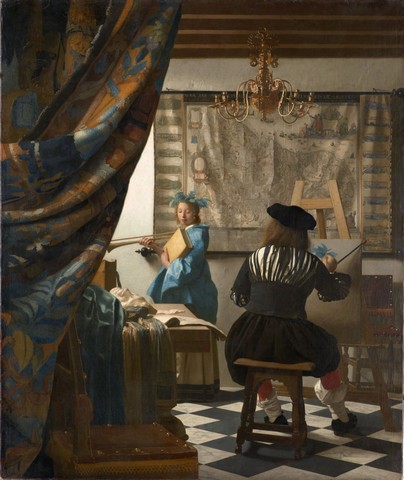
Centuries later, in ancient Mediterranean civilisations, fine artists were considered as skilled workers like interior decorators and carvers. These artists as professionals only became more recognised for their design skills and were given higher social status in society during the Renaissance period.
The notion of fine art in reference to works created mainly for aesthetic reasons and creative expression (i.e. “art for art’s sake”) instead of functional purposes was introduced in the 18th century, when French philosopher Charles Batteux was one of the first to categorise fine artwork in his text Les Beaux-Arts réduits à un même Principe (“The Fine Arts Reduced to a Single Principle”) in 1746.
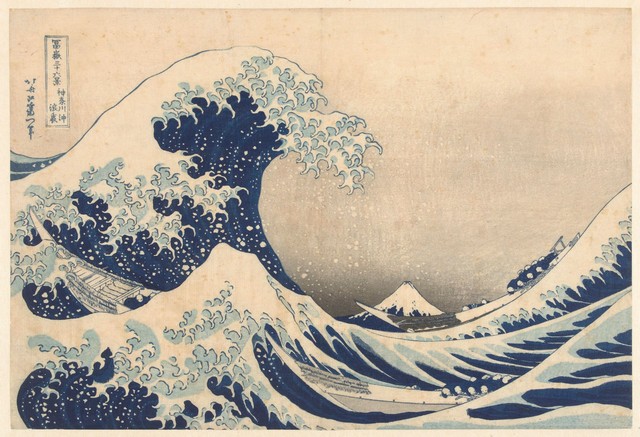
In it, Batteux suggested six artistic forms – painting, sculpture, architecture, music, dance, literature – as fine art, which originated from the French term “Beaux Arts”, defined as “delicate, excellent, and finely made.”
This type of art was prevalent at the turn of the 19th century, whereby rather than being commissioned by patrons or required to document and represent cultural and historical events, artists of the time were more interested to express themselves through their art.
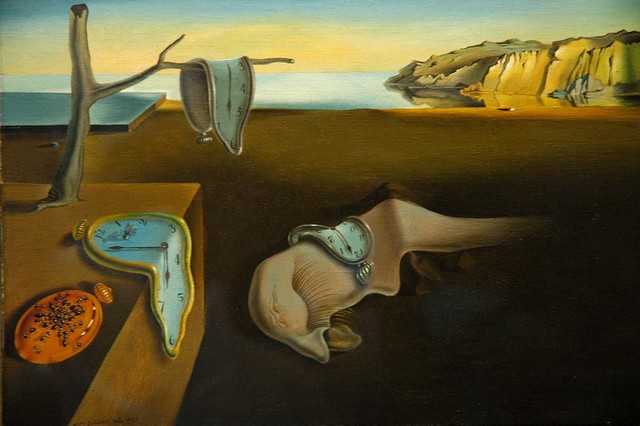
This created a distinction between fine art and other, more utilitarian or functional forms of arts, particularly decorative art and applied art.
However, such difference began to blur in the 20th century, with artistic movements such as Cubism, Dada and Surrealism challenging conventions and driving more experimentation in creating art, resulting in the prioritisation of concept and intellect over pure aesthetics.
Since then, areas under fine art have included artistic practices arising from factors such as new technology (e.g. acrylic painting, silkscreen printing) and artistic invention (e.g. mixed-media artworks utilising collage or photomontage).
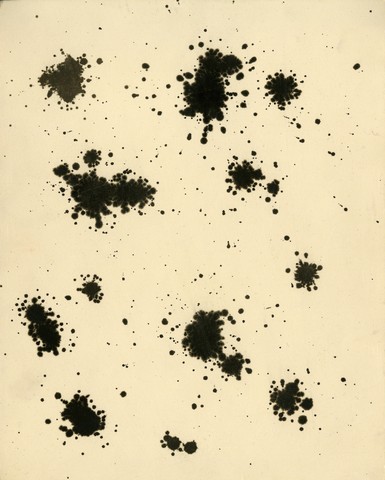
Although its current concept focuses on various visual arts, today’s notion of fine art may differ from the next generation. Given the subjectivity that art in general possess, the art form is bound to evolve with the times and the society that opt to pursue it.
Artistic Activities Under Fine Art
Although the ‘definition’ of fine art changes over time, it generally comprises the following activities:
| Drawing CharcoalChalkPastelPencilPen and InkBook IllustrationCaricature | Painting Encaustic paintingTempera PaintingInk and WashOil PaintingWatercolour PaintingGouacheAcrylics | Sculpture BronzeStoneWood-carving | Printmaking WoodcutsEngravingEtchingLithographySilkscreen Printing | Other Fine Arts PhotographyArchitectureManuscript IlluminationCalligraphyAnimation |
